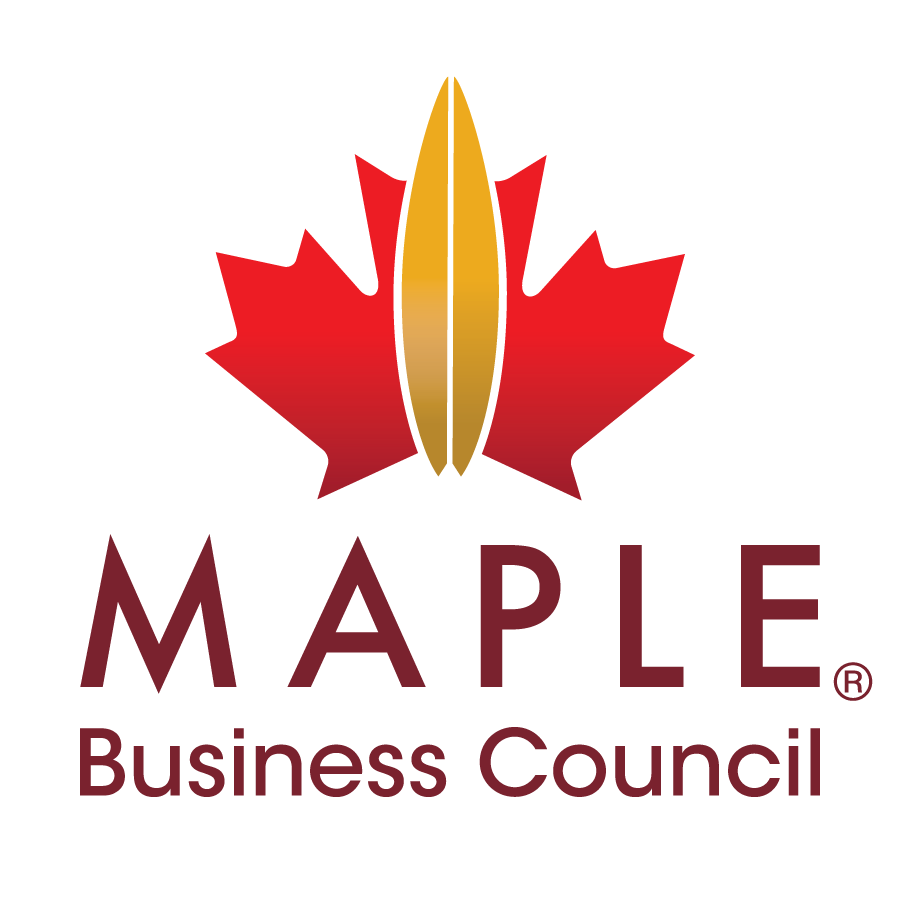Author: Glenn Yonemitsu, Managing Director, High-Impact Firms BDC Advisory Services, Business Development Bank of Canada
In Canada, the Bank of Canada recently raised its overnight rate in July by 0.25 basis points to 5.00%. This leading rate is now close to the US’s Fed Funds rate which is at 5.25%. Bank prime lending rates are now above 7.00%.
Bank prime rates were as low as 2.45% in Canada and 3.40% in the US – a scant 16 months ago. Low borrowing rates hide many problems. It’s similar to a river with high water levels, which hides the many rocks and problems underneath the water. As interest rates go up, it is like a lower water level, which then reveals rocks, or many issues where companies need to manage things better, like working capital, the cash gap, inventory, excess labour, and many other things.
While the good news is that inflation has been falling in both countries, which hopefully will limit further interest rate increases, I want to suggest some tried and true ways to remain flexible in a changing economic environment.
Persistent high interest rates will no doubt impact how managers manage. Decisions surrounding expansion and growth, cap ex, and hiring will be muted.
But if you manage like there is a slowdown coming, expecting a downtick, then you often get what you wish for. If you cut spending, and everyone does this, then why are we surprised when the economy slows.
The key is my mind is to remain flexible, so when others weaken, you can pounce and take advantage of the situation.
I’ve had a long history in turnaround management and insolvency. My suggestions come from watching how others have managed in downturns. I’ve also had 20+ years working with high-growth companies and identifying the common things the winners or “market makers” do.
First, allow me to share a few fundamental issues that shape my thinking…
Number one - Cash is king. Whenever things turn, often it is those who have cash, who win when opportunity presents itself. Don’t forget that it isn’t always about profitability, rather companies must ensure they can meet their obligations in a timely fashion…and that means you need cash.
The second thing is that I strongly believe that being proactive offers so many benefits over being reactive. More options and alternatives, more partners, and more opportunities are given to those who act proactively. This is easier said than done, but if you take action now, you will be more flexible later. Unfortunately, if you wait, the doors to many options get closed.
With these two fundamentals articulated…lets chat about 7 things you can do to remain flexible.
1. Remain flexible with commitments and obligations
By no means is this suggestion to cut cap ex and other growth plans.
Rather this suggestion is to build in flexibility to your commitments. If you are buying new machinery, why not ask for some flexibility in the payment terms? Ask if you can have the option of a 3 month payment suspension clause, if required? What is the worst the OEM can say? No? But, what is the best they can say? Sure.
Remember, OEMs want to keep selling. If they have a tied financing arm, or a financing partner, that division’s objective is to help sell more equipment, even in a tough economic environment. My guess is that if you are buying a Heidelberg printer, Heidelberg Financial Services is there to help make the sale possible, no matter the economic environment. Same for Ford Credit Canada, General Motors Acceptance Corporation, John Deere Financial, Caterpillar Financial Services, and more. If your OEM doesn’t have a related financing division, chances are they have a partner, like GE Capital, who might be involved. All of these groups have the goal of getting a deal done…so I suggest it would be beneficial to ask for flexibility.
2. Intimately understand your working capital levers
Going into a changing economic environment, you need to understand your working capital levers intimately. You need to make decisions going forward that maximize “sources” of “cash” or working capital, and you have to minimize “uses” of cash. Remember that increasing Accounts Receivable is a “use” of cash and decreasing A/R is a “source”. Similarily, increasing inventory is a “use” and decreasing is a “source”.
Conversely, increasing Accounts Payable is a “source” of cash, but you have to use this carefully, as suppliers will be on edge regarding slow payments. You can only stretch suppliers so far…and don’t forget they have powers or rights that can impair your ability to operate, if you don’t pay them in a timely fashion. Instead, consider communicating with suppliers now and being up front about your payment terms. Even if you ask for 45 or 60 days to pay, if you give them “payment certainty” (that is, you promise prompt payment by electronic transfer on the 60 day mark), they will appreciate that compared to not knowing when the amounts owing will be paid.
And, don’t forget about payroll, as every two weeks a lot of cash goes out the door. In this environment of a labour shortage, I’m not saying to lay off quickly. Rather I suggest that you have two buckets and sort your employees into either “missionaries” and “mercenaries”. Missionaries work for you because they love the culture, the mission and the work. Mercenaries work because of the money and they would cross the street to work for your competitor for $10 more. If you need to save money by cutting labour, make your decisions based on keeping your missionaries.
3. Understand your seasonality and the working capital resources required as you “ramp up”
Many companies are seasonal and as they grow leading up to their busy season, there are significant working capital needs. Many companies get surprised by the demand on their working capital as they have to invest in payroll, supplies and other expenses, before the revenue and receivables come in. Make sure you know the amount of working capital that you require. Construction and agriculture businesses typical face this challenge. Don’t be surprised.
4. Replenish your working capital
Many companies, when they have to buy minor capital expenditures, like a fleet of trucks, because they have the cash in the bank, they don’t bother arranging financing. It’s easier to just pay for it, rather than the paperwork associated with a loan. Consider buying 10 trucks at $75K each…for $750K in total. As you move into an uncertain economy going forward, replenish your working capital by getting these trucks financed, with the payments spread over a number of years – the useful life of the asset. It will provide cash and replenish your working capital.
5. Arrange additional lines of credit, before you need it
You might not be using your operating line of credit right now. And you can’t imagine that you will need more credit...but, my suggestion is that you should go now to ask your bank for a temporary increase in your authorized operating line. Why? Because if you ask later, when the news media is carrying stories about the economic slowdown, you might have a more difficult time getting credit approval. Managers in credit risk at banks all read the same news, so their perspective will change. Ask now.
6. Review terms and conditions of your contracts – build in flexibility
Think about the terms and conditions in your contracts with your customers. You set the terms. So, if you goal is to be more flexible, why not consider changes in the terms? If you are a manufacturer, and your normal requirement is a deposit upon signing of 25%, with a progress payment of 25% two months later, and the balance (50%) due upon delivery, why not change the percentages? Maybe 33% on deposit, with a 33% progress payment and 34% on delivery might give you a few extra dollars that help your working capital.
And, regarding the payments to your suppliers, consider asking them for flexibility in your payments as we discussed earlier, in exchange for payment certainty.
7. Stay close with your banks
And, my final suggestion is not because I work for a bank. It is a best practice that the best companies use. Stay close to your bank. Share your positive news, as well as communicating your challenges. You never know how they can help you. And, when banks don’t hear from you, make no mistake…they aren’t thinking positive thoughts. They deal with so many companies who get into trouble, that their minds are bit jaded.
30 years ago, when I was in corporate banking, the President of one of my clients used this approach. When they won awards or signed a big contract, he informed his accountant, his lawyer, his banker, and advisors. He would invite all of us to their company events and celebrations. He also let us know immediately when there were challenges. Because of this approach, we stepped in proactively when they ran into financial challenges due to an inattentive CFO. We turned that company around, and in 18 months they returned to profitability. We all helped and if the situation was left too much longer, maybe the turnaround wouldn’t have been as successful.
By the way, the President and I are now business partners.
Remaining flexible in a changing economic environment
Why are we focused on helping companies prepare for the uncertainty of a changing economic environment?
Because over the past 35 years, I’ve seen companies who were having great success, growing the business, gaining market share, beating their competition, get tackled because they took their eye off the ball on one of their fundamentals – working capital. When interest rates go up as much as they have, many issues come to the forefront, and slower receipts, inflated inventories all hurt your cash on hand.
If more companies act proactively so they can remain flexible…and take advantage of opportunities that comes when others weaken/fail, then more companies can be the acquirer or can be in a position to win market share, as opposed to their reactive, weaker competitors.
High-Growth Firm Advisory Services
As Canada’s development bank, BDC is uniquely positioned to be a catalyst in helping high impact firms grow to the next level. This is why we have created a small, team of highly experienced individuals within BDC Advisory Services that is dedicated to increasing the competitiveness of high-impact firms (https://www.bdc.ca/en/consulting/growth-driver-program).
As Canada’s bank for entrepreneurs, BDC is a partner of choice for all entrepreneurs looking to access the financing and advice they need to build their businesses and tackle the big challenges of our time.
Glenn Yonemitsu, Managing Director High-Impact Firms BDC Advisory Services, Business Development Bank of Canada.


